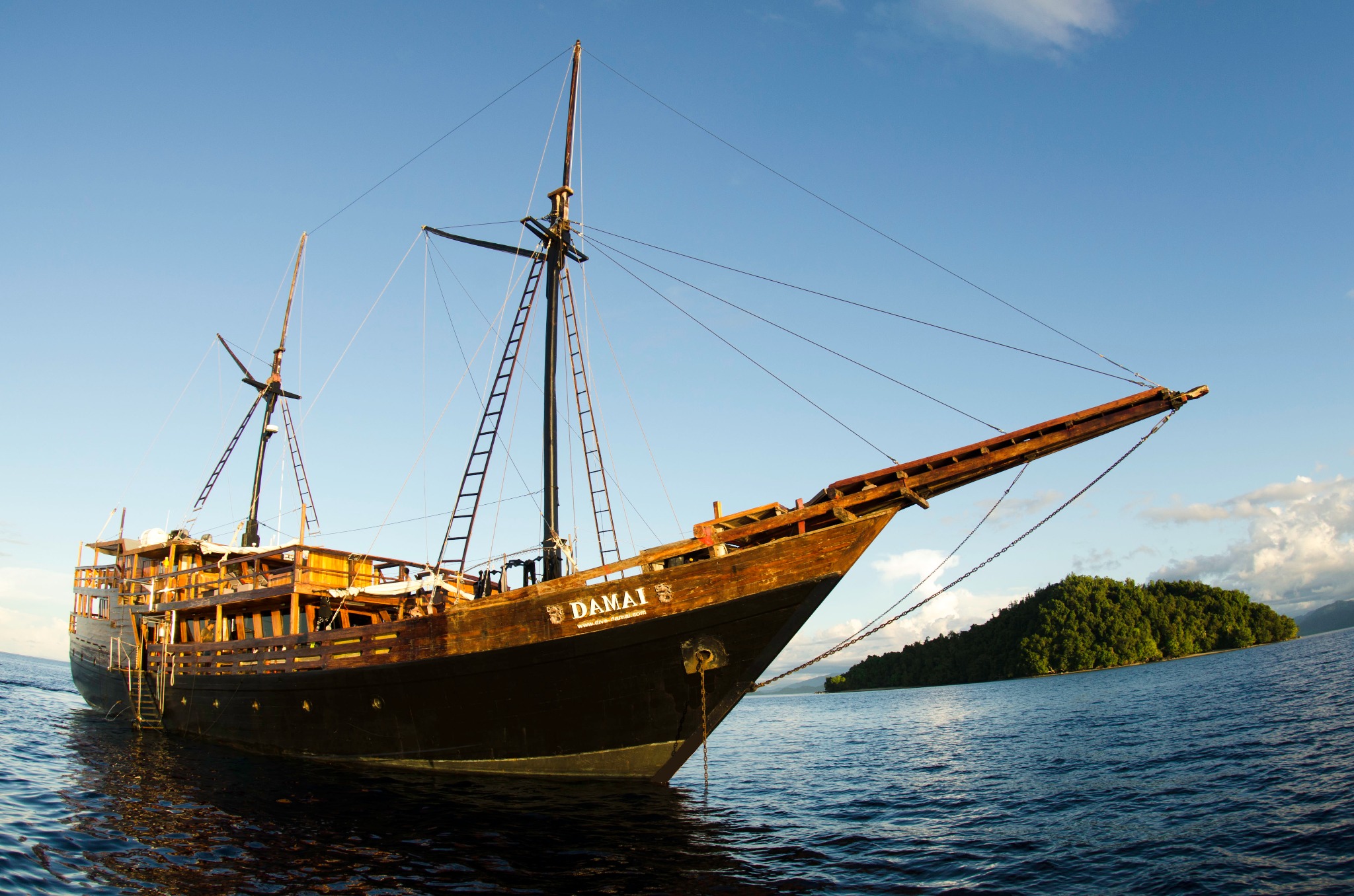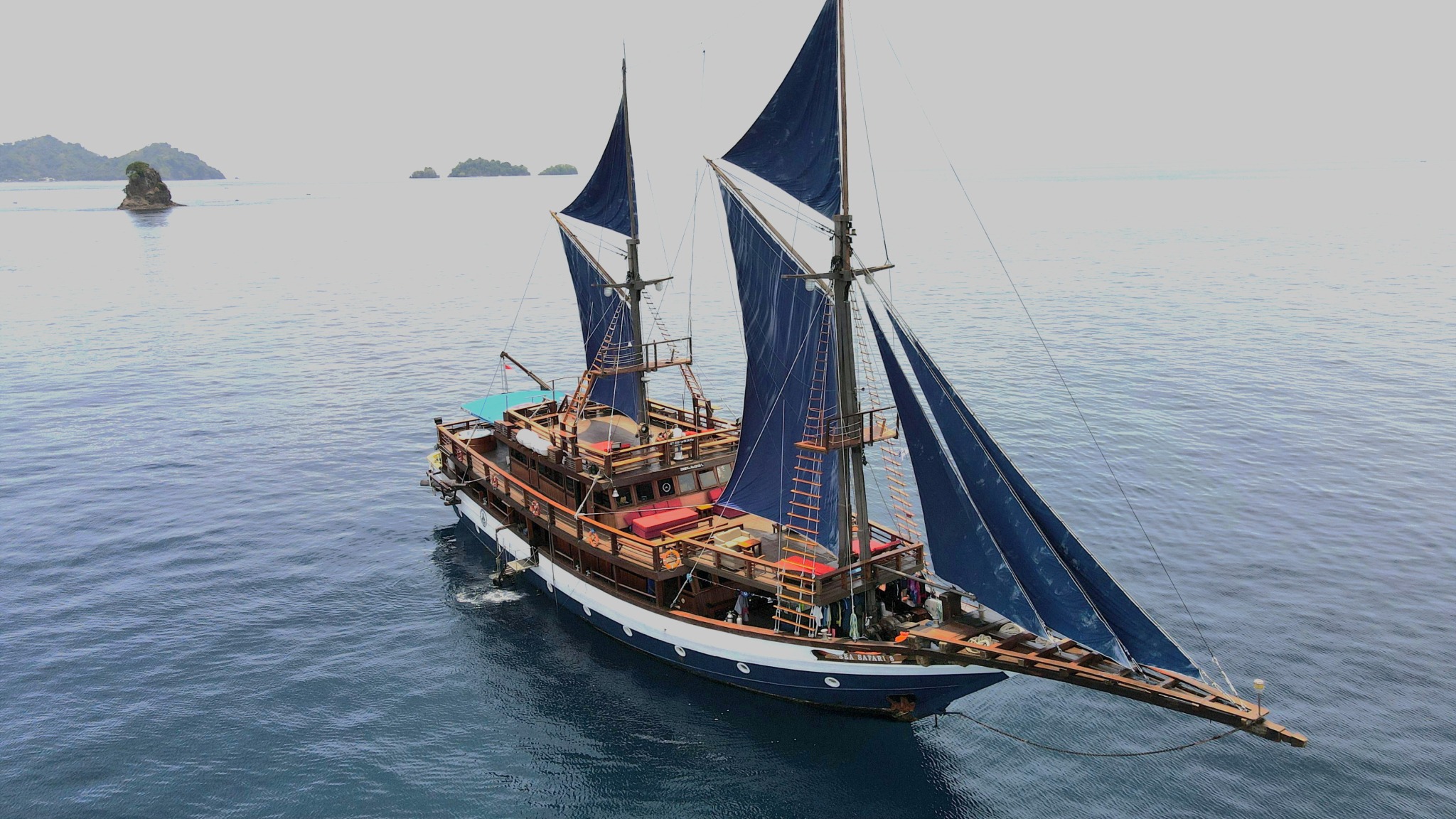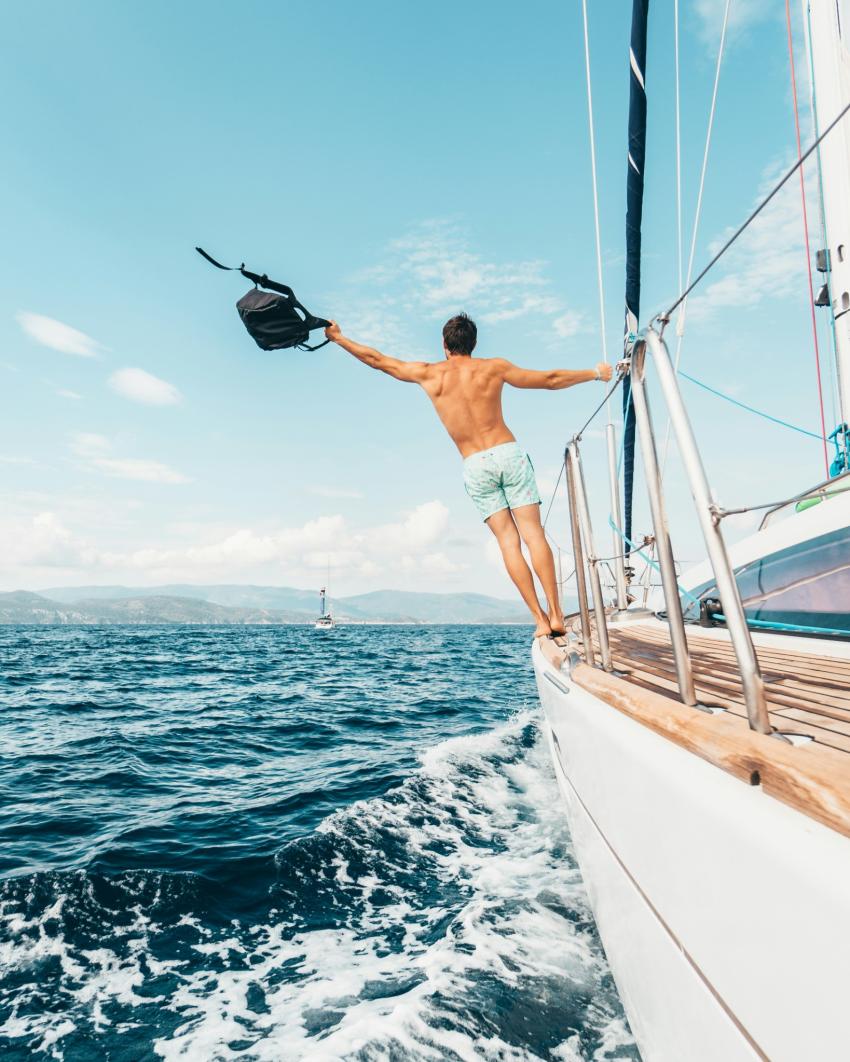
Halmahera Liveaboard Diving
60% of divers returns to us
Best Halmahera Liveaboards
Halmahera Liveaboard Deals
Handpicked Halmahera Liveaboard Collections
Scuba Diving in Halmahera
Halmahera, an island situated in the eastern part of Indonesia, is a haven for marine enthusiasts and nature lovers alike. Its surrounding waters boast an underwater world brimming with an extraordinary diversity of marine life and breathtaking landscapes. Diving into the depths of Halmahera's seas unveils a mesmerizing spectacle of vibrant coral reefs that stretch as far as the eye can see. These intricate ecosystems, teeming with life, serve as a habitat for an array of fascinating marine creatures. Among the countless species that call these reefs home, one may encounter the graceful dance of reef fish, darting effortlessly through the coral branches in a kaleidoscope of colors. Schools of vibrant angelfish, parrotfish, and butterflyfish create a symphony of hues, their vivid presence capturing the attention of any observer.
While exploring the underwater landscapes of Halmahera, divers are often greeted by the gentle giants of the sea: majestic sea turtles gracefully gliding through the water, seemingly unaffected by the world around them. These ancient creatures, with their serene demeanor, inspire awe and admiration as they navigate their way through the coral gardens. Venturing deeper into the realm of Halmahera's marine world, divers may be fortunate enough to witness the thrilling sight of larger predators. Reef sharks, with their sleek and formidable presence, patrol these depths, serving as a reminder of the delicate balance of nature and the diversity of life beneath the waves. The sight of these magnificent creatures evokes a sense of both respect and fascination. Beyond the reefs and the mesmerizing array of fish, Halmahera's underwater landscapes reveal other intriguing marine organisms. Delicate sea fans sway gently in the ocean currents, adding a touch of ethereal beauty to the seascape. Elegantly camouflaged octopuses showcase their extraordinary ability to adapt to their surroundings, showcasing their prowess in mimicry.
The waters surrounding Halmahera are also home to an abundance of smaller marine creatures that often go unnoticed. Intricate nudibranchs, with their flamboyant colors and intricate patterns, adorn the reefs like living jewels. Hidden amongst the coral crevices, seahorses sway gracefully, their fascinating forms blending seamlessly with their surroundings
Must See Halmahera Dive Sites
Halmahera, along with its neighboring island Ternate, offers a plethora of captivating dive sites that leave divers in awe of their natural beauty and rich marine biodiversity. These dive sites are often part of comprehensive diving trips that combine the wonders of Halmahera with some of the world-renowned dive sites in Raja Ampat. Exploring the dive sites of Halmahera reveals a tapestry of underwater landscapes and vibrant ecosystems. The volcanic underwater landscape of Batu Angus in northern Halmahera offers an exhilarating dive experience, with its rugged rock formations and thriving coral reefs inhabited by reef sharks, rays, and schools of fish.
While diving in Halmahera, it's not uncommon for divers to combine their trips with visits to the dive sites of Raja Ampat. These two destinations complement each other perfectly, offering an extended adventure into the diverse underwater world of eastern Indonesia. Raja Ampat, known for its unparalleled biodiversity and breathtaking coral reefs, adds another dimension to the diving experience, creating a truly unforgettable journey for divers
When To Go Diving in Halmahera
The best time for diving in Halmahera is generally during the dry season, which typically spans from October to April. During this period, the weather is generally more stable, with calmer seas and better visibility underwater. Underwater temperatures in Halmahera range from approximately 27°C to 30°C (81°F to 86°F) throughout the year. The water temperature remains warm, providing a comfortable environment for diving.
In terms of currents, Halmahera's dive sites can vary. Some areas may experience stronger currents, particularly around channels and points where currents can be more pronounced. It's important to dive with experienced guides who are familiar with the local conditions and can provide guidance on the best times and locations for diving based on the tides and currents

















